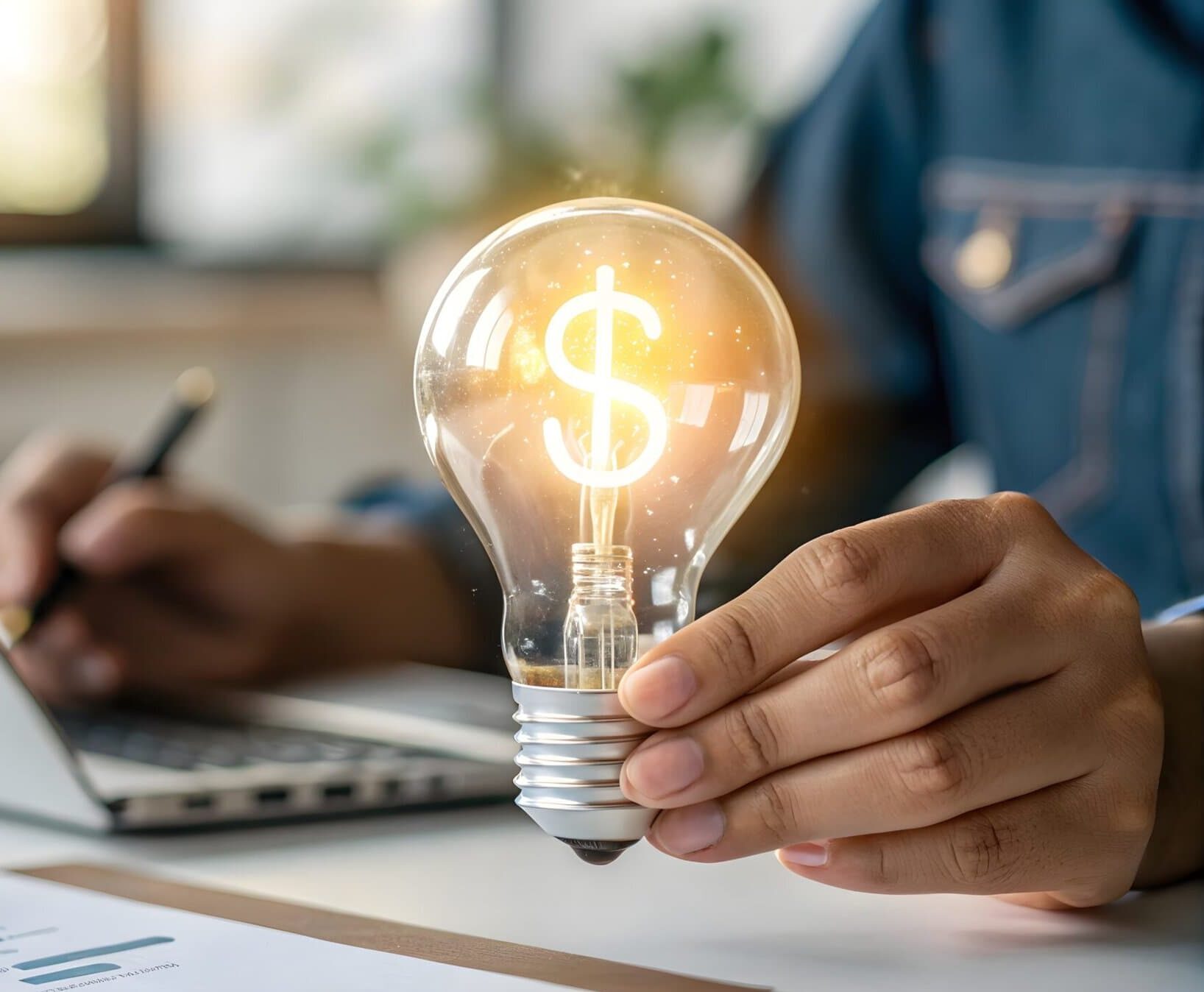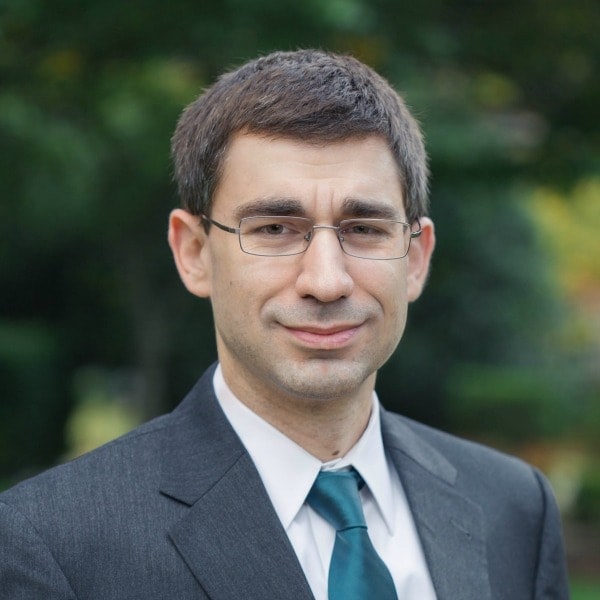By Michael R. Ioffredo, CPA – Tax Manager, and Anh Bui – Tax Senior
Section 1202 has long offered a powerful tax break for qualifying startup founders and investors by excluding gains on Qualified Small Business Stock (QSBS). However, it came with strict limits. The One Big Beautiful Bill Act (OBBBA), signed into law on July 4, 2025, amended certain provisions of Section 1202, making them more flexible, accessible, and valuable than ever.
Increased Threshold for Gross Assets
Under the old Section 1202, a qualified small business was a domestic C corporation whose aggregate gross assets did not exceed $50 million at all times before and immediately after the issuance of stock. The new law increases the threshold to $75 million for stock issued after July 4, 2025, and indexes the threshold for inflation starting in 2027. This will potentially allow start-up C-corporations to attract increased investment since they can issue more QSBS for a longer period or obtain more funds for the stock they issue.
Increase in the Amount of Gain Eligible for Exclusion
In addition to the tiered timeline, the OBBBA raised the gain exclusion cap from $10 million to $15 million per issuer, indexed for inflation starting in 2027. That’s a significant increase that will make start-ups even more attractive to investors.
New Holding Period
The old Section 1202 required QSBS investors to hold their stock for at least five years to qualify for the capital gains exclusion. If they sold the stock before the five-year mark, even at 4 years and 11 months, none of the gain qualified for the exclusion. This made planning around exits, liquidity, and funding cycles difficult, especially in industries where acquisitions happen earlier. While it provided investors with a significant benefit – up to a 100% capital gain exclusion, limited to the greater of $10 million or 10 times the aggregate adjusted basis per taxpayer and per issuer – they had to wait a considerable amount of time to realize it.
The OBBBA introduces a new tiered system for QSBS acquired on or after July 4, 2025, allowing investors to benefit from partial tax exclusions before the traditional five-year mark. Now, holding QSBS for three years qualifies for a 50% exclusion, four years for 75%, and five years or more still grants the full 100% exclusion. This tiered approach provides flexibility for both investors and founders. It gives benefits to investors and founders of small startups that are acquired before they hit the five-year mark. Rather than penalizing early exits with full taxation, the new rules reward longer holding periods incrementally.
For example, assume a taxpayer invests $300,000 in a QSBS-eligible startup in August 2025. Three years later, he sells the shares for $1.8 million, netting a $1.5 million gain. Under the old rules, this entire gain would be taxable since the five-year threshold wasn’t met. With the new tiered system, $750,000 of the gain is excluded from federal tax.
Unlock the Benefits of Section 1202 with the Right Tax Strategy
As with any tax incentive, proper documentation, planning, and compliance are essential. The new rules only apply to QSBS acquired on or after July 4, 2025, so tracking acquisition dates and holding periods is crucial. But for those who qualify, the updated Section 1202 now offers earlier access to savings, a higher exclusion cap, and more opportunities to unlock long-term tax-free gains, making it one of the most powerful tools in the modern investor’s toolkit.
If you have any questions about whether your current or future business venture might qualify, what documentation you should gather to support your tax position, which states follow Section 1202, or if you’d like to discuss any other tax planning regarding Section 1202, please give us a call.


